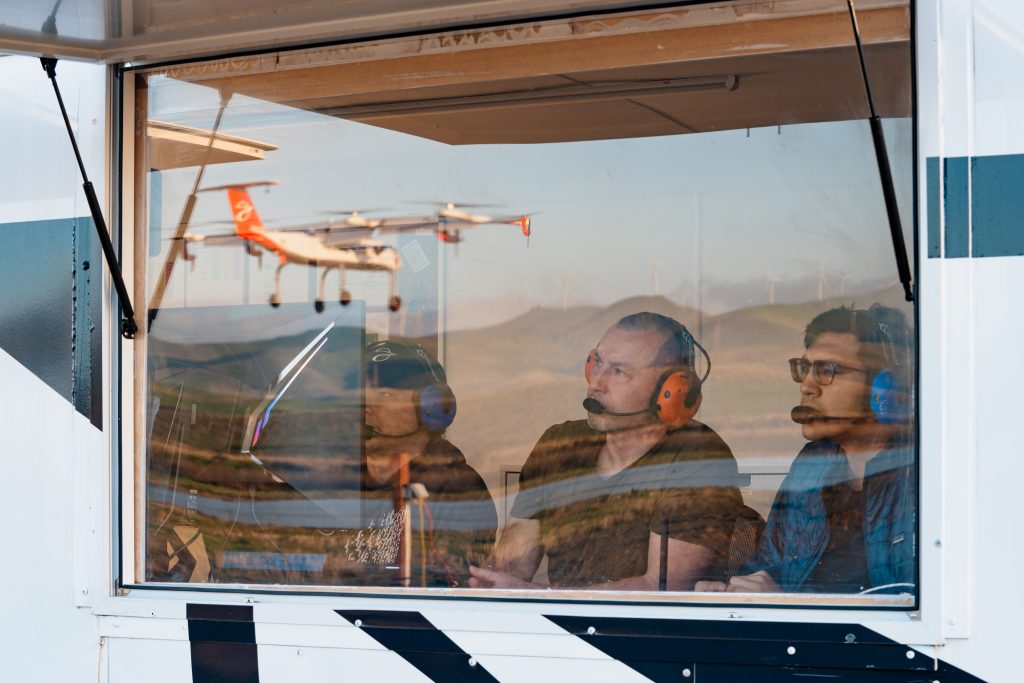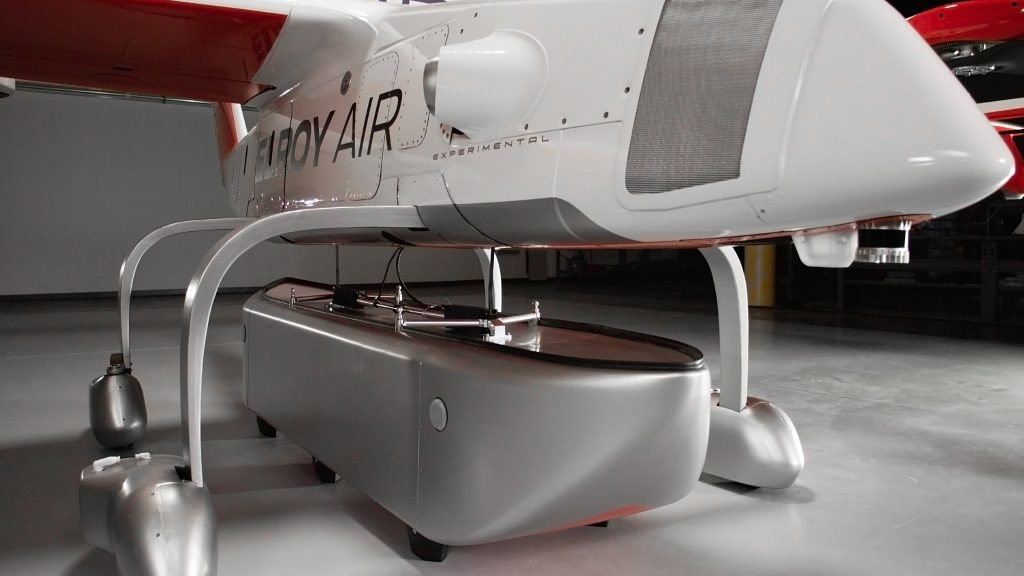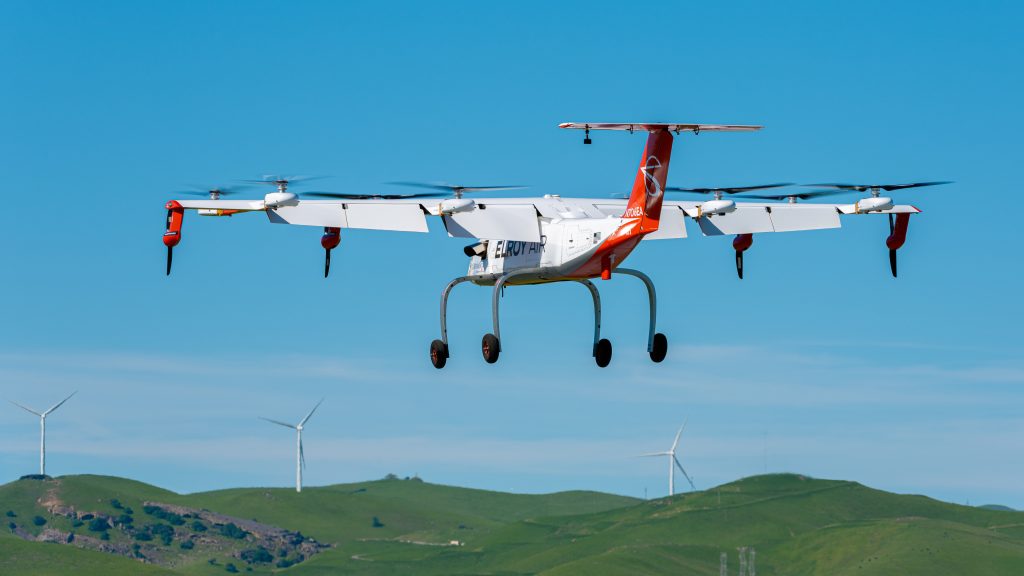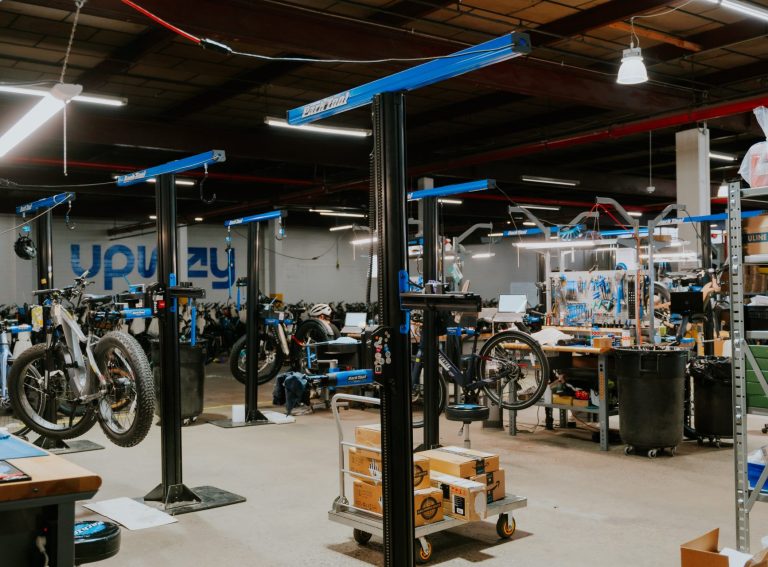Elroy Air CEO Dave Merrill tells Zag why the eVTOL evolution should make room for their hybrid autonomous Chaparral aircraft to address the world’s most ‘urgent needs’
“The urgent needs of the world are not going away.”
That’s how Elroy Air CEO Dave Merrill introduces the world’s first autonomous turbogenerator-hybrid eVTOL aircraft in an interview with Zag Daily.
The engineer who once built drones for aerial video and photography now brings his passion for the aircraft to serve what he believes are the world’s most pressing natural and man-made needs.
Elroy Air’s Chaparral C1 aircraft is built for middle-mile cargo logistics to carry humanitarian aid shipping and military resupply.
Last year, it saw its first test flight remotely operated by the Elroy Air team as the aircraft vertically rose to 7.2 metres and hovered for 57 seconds.

“First we had a discussion with one of the largest commercial shippers,” says Merrill. “The feedback was that if they had delivery drones which could carry a few hundred pounds for a few hundred miles then that would fill an unmet need in their network.
“Then we had a similar discussion with a major humanitarian aid provider. Carrying hundreds of pounds with no pilot on board could solve some critical problems because a lot of humanitarian aid is shipped with older piloted aircraft that pose a risk to life. And then we had a discussion with the US Military.”
Serving the moral purpose
More than seven years since its founding, Elroy Air has already secured four separate contracts with the US Air Force, another with the US Army, and collaborations with other branches of the Military.
“The uncertainty of the world is driving an intense need for drone systems like this in the defence community,” Merrill explains.
One pressing problem for the US Military is transporting goods from one place to another with no risk to life. The way the Chaparral can address this is partly through its containerised payload of 300 pounds which maximises operational efficiency. This sees cargo carried by the drone in aerodynamic containers that the aircraft can easily drop off in one location before navigating to retrieve its next assigned cargo pod.

Humanitarian shipping benefits from modular cargo pods too. The Chaparral can carry aid such as food, supplements, water, blankets and medical equipment to virtually any location without risk to a pilot.
Humanitarian organisations like the World Food Programme, which delivers over 15 billion meals around the world every year, are recognising the potential that unmanned aerial vehicles have in natural or manmade disasters. Merrill says that Japan is one country that’s expressed interest in utilising the Chaparral vehicle after ground transport lines saw disruption in the wake of the Fukushima nuclear disaster.
“The great aspect of a vertical takeoff and landing aircraft is it can essentially go anywhere. You don’t need an airport or a runway. You can land a Chaparral on any 50 foot by 50 foot square area to deliver necessary goods. This will have a huge role to play in scenarios like natural disasters.
“We became galvanised in our early discussions and realised there was a legitimate need in the world and nobody had built the solution to this problem.”
Addressing today’s operational challenges
As the eVTOL evolution progresses across the world, one might be inclined to question the need for Elroy Air’s hybrid aircraft.
Dave has an answer for that.
“A battery powered eVTOL doesn’t have enough range to carry out most cargo missions. Today’s batteries just aren’t good enough for aviation yet.
“And so we’re designing the Chaparral for where the world is today. 10, 15, or 20 years from now we’ll start to see many more electric aircraft but, for now, a hybrid powertrain is the next step.”
The Chaparral’s battery, electric motor and turbo-generator powered by liquid jet fuel means the vehicle can strategically power itself as appropriate during flight. And when the flight range is 300 miles, there’s sense behind the strategy.
The battery and turbo-generator will power the Chaparral together during takeoff – “the most power-hungry part of the mission” – then the battery is recharged during the flight and available for use again during landing.

“People are starting to realise the limitations of batteries. In vertical flight you’re literally lifting the whole aircraft up in the air without any benefit of the wing,” Dave says.
The aircraft’s range extension also means the Chaparral can operate in places without charging infrastructure, which military resupply and humanitarian aid drop-off locations often won’t have.
The Chaparral will be undergoing ‘envelope expansion’ into 2025 to test the boundaries of its capabilities. Elroy Air also anticipates trials to be carried out in the coming year with its military partners, and a second aircraft is in the works too.
“When people understand the operational needs in the world and they understand the mission range that we’re designing for, they understand why hybrid electric is the right solution.”




